Check out before these deals are gone!




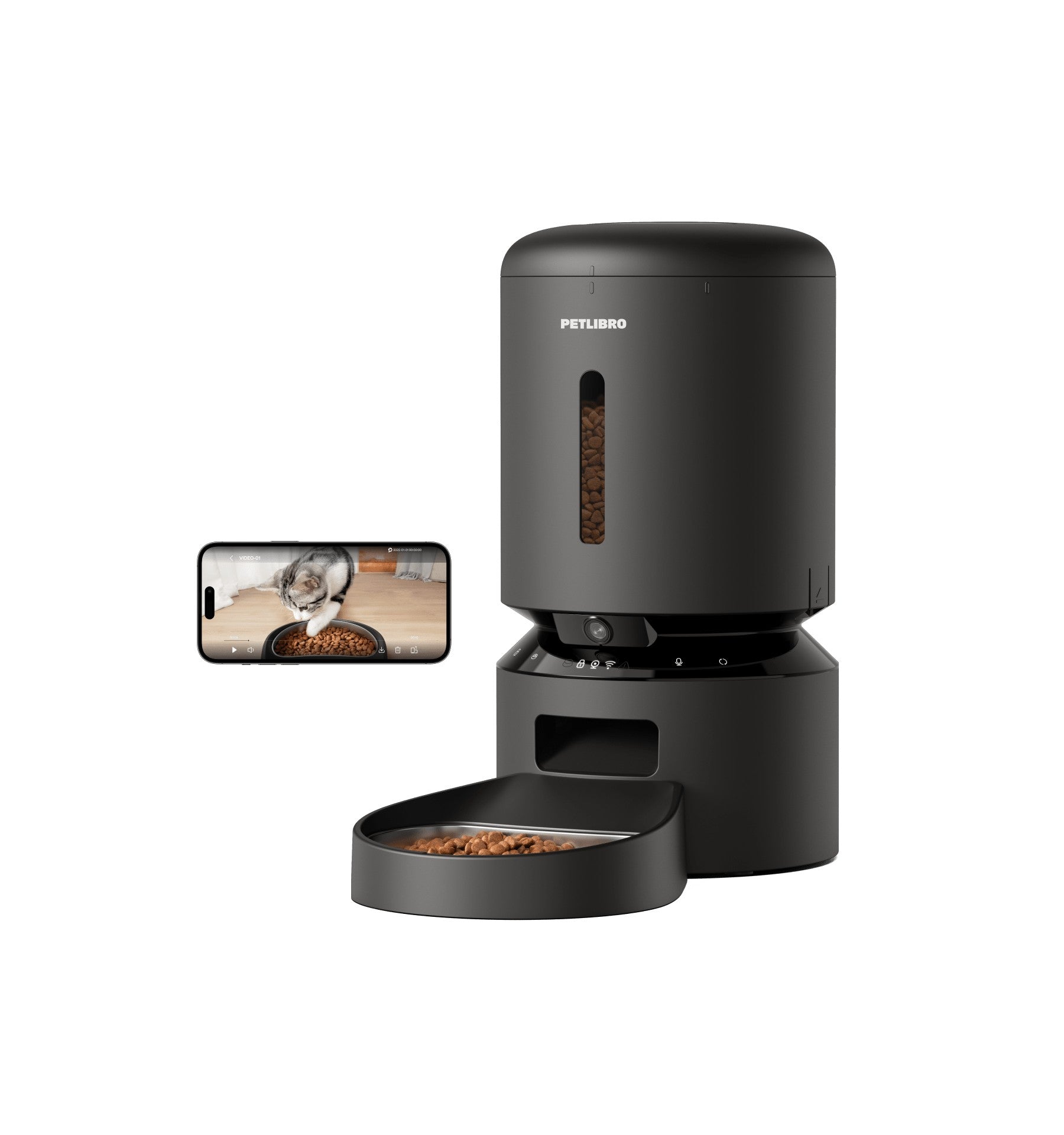

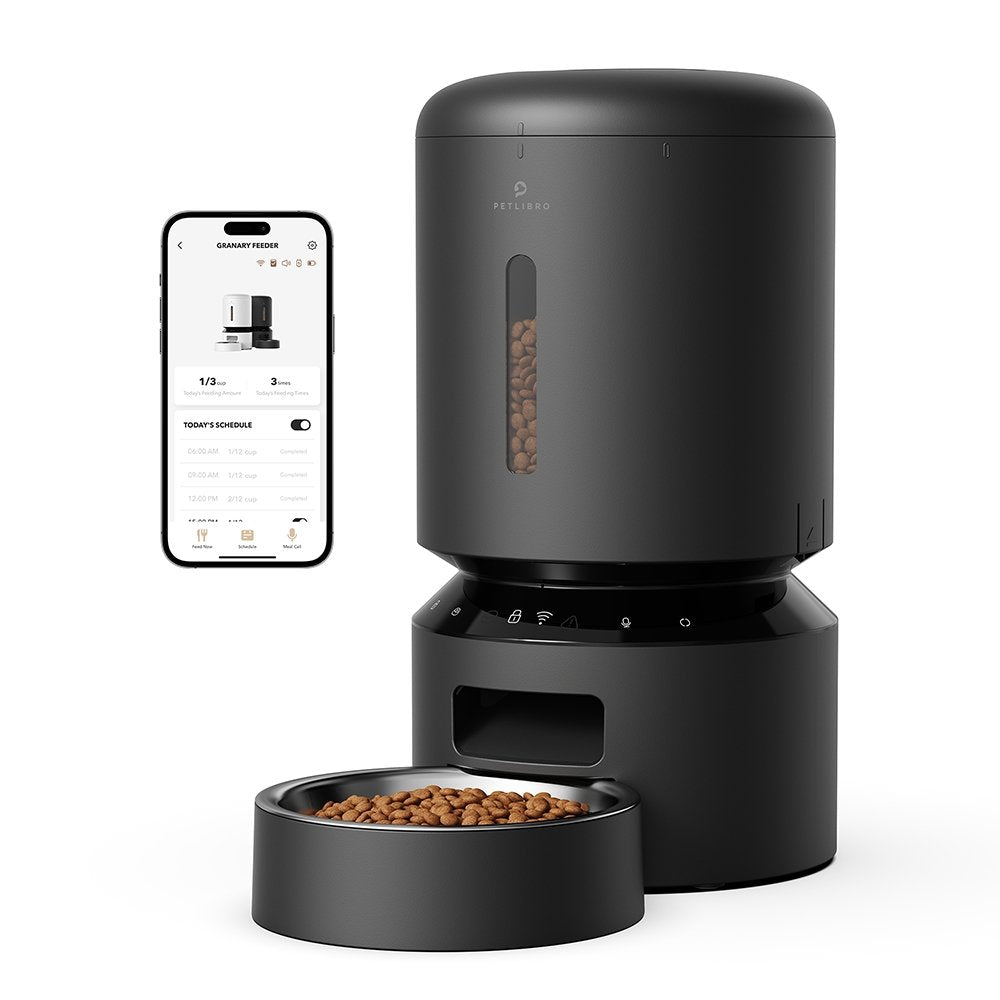






































By subscribing, you agree to receive email marketing from Petlibro. Privacy Policy | Terms of Service


*Voucher is non-refundable and only one can be used per order, starting 11/13.


By subscribing, you agree to receive email marketing from Petlibro. Privacy Policy | Terms of Service


Code is valid for 72 hours and can be used for one order only. Code can’t be combined with other codes.
Discounts cannot be used toward new product launches.
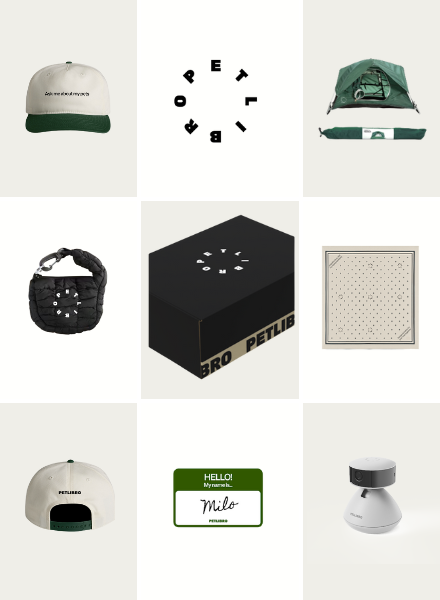
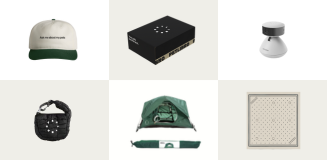
Open to legal U.S. residents, 18 years or older. Void where prohibited. Giveaway begins on 08/26/2025 and ends on 09/15/2025 at midnight PST. Three winners will each receive a limited-edition Petlibro PR Kit, which includes the Scout Smart Camera and select branded merch. Winners will be chosen at random and notified via Instagram or email (depending on entry format) by 09/30/2025. If a winner does not respond within 48 hours, another may be selected. Odds of winning depend on the total number of eligible entries received. Only one email entry per person will be counted, though additional entries may be submitted through the bonus methods described above. Petlibro is not liable for any issues that arise from participation or use of the prize. Personal information will be collected and handled in accordance with our Privacy Policy.


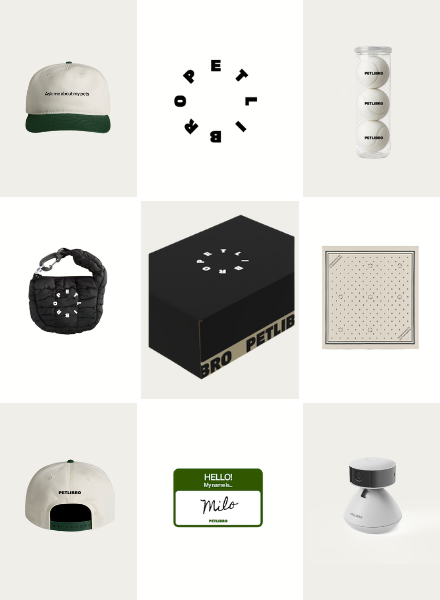
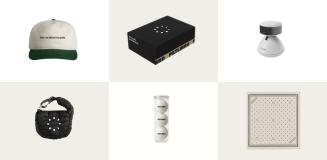
Open to legal U.S. residents, 18 years or older. Void where prohibited. Giveaway begins on 08/26/2025 and ends on 09/15/2025 at midnight PST. Three winners will each receive a limited-edition Petlibro PR Kit, which includes the Scout Smart Camera and select branded merch. Winners will be chosen at random and notified via Instagram or email (depending on entry format) by 09/30/2025. If a winner does not respond within 48 hours, another may be selected. Odds of winning depend on the total number of eligible entries received. Only one email entry per person will be counted, though additional entries may be submitted through the bonus methods described above. Petlibro is not liable for any issues that arise from participation or use of the prize. Personal information will be collected and handled in accordance with our Privacy Policy.


Cat trees have become an increasingly popular cat furniture item in recent years, especially in 2023, offering feline companions exercise, entertainment, and an alternative place to scratch instead of your furniture. The multiple platforms on cat trees give cats a place to play, relax, scratch, and observe their surroundings from different vantage points. Other benefits of cat trees include:
With so many types, sizes, and designs of cat trees on the market, it can be tricky to select the perfect one for your feline companion. This guide will walk you through the key factors to consider so you can choose a cat tree that suits your cat's personality, abilities, and your home decor.
When evaluating different cat trees, there are some basic structural features to look for:
The first step is assessing how much space you have available for a cat tree, and choosing a size that fits appropriately in your home.
There are several styles and types of cat trees to choose from:
The materials used to construct and cover the cat tree impact its durability and safety:

It is not only the materials that matter, but also the stability. To keep your cat safe, the cat tree should be completely stable and secure.
Choosing the right spot to place your cat tree is also important:
At last, selecting a cat tree ultimately comes down to your individual cat's personality, abilities and needs:

While cats could care less about aesthetics, you will have to look at the cat tree every day, so pick something that aligns with your home décor:
To extend the life of your cat tree, perform regular maintenance:
Finding the ideal cat tree involves evaluating your cat's abilities, preferences, and your available space. Ensure the tree you choose is sturdy, safe, encourages activity, and provides cozy hideaways. Place it thoughtfully within your home decor. With this definitive guide, you can confidently select a cat tree that both you and your cat will love. Your feline will enjoy hours of enrichment and entertainment climbing, scratching, and lounging on their new tree!